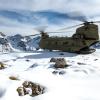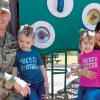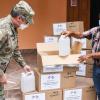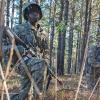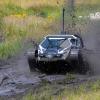The public forum has seen a flurry of debate about the politicization of America’s military. While this is an important issue to discuss, my suspicion is that not much of it is informed by the nuances of what “apolitical” means.
When people think of what constitutes an apolitical military, they often think in terms of the “Huntington Bargain.” That bargain, derived from a 1957 study by Samuel Huntington, refers to the hypothetical exchange between civil authorities and the military whereby the military promises to submit to civil control, stay out of domestic politics and maintain...



